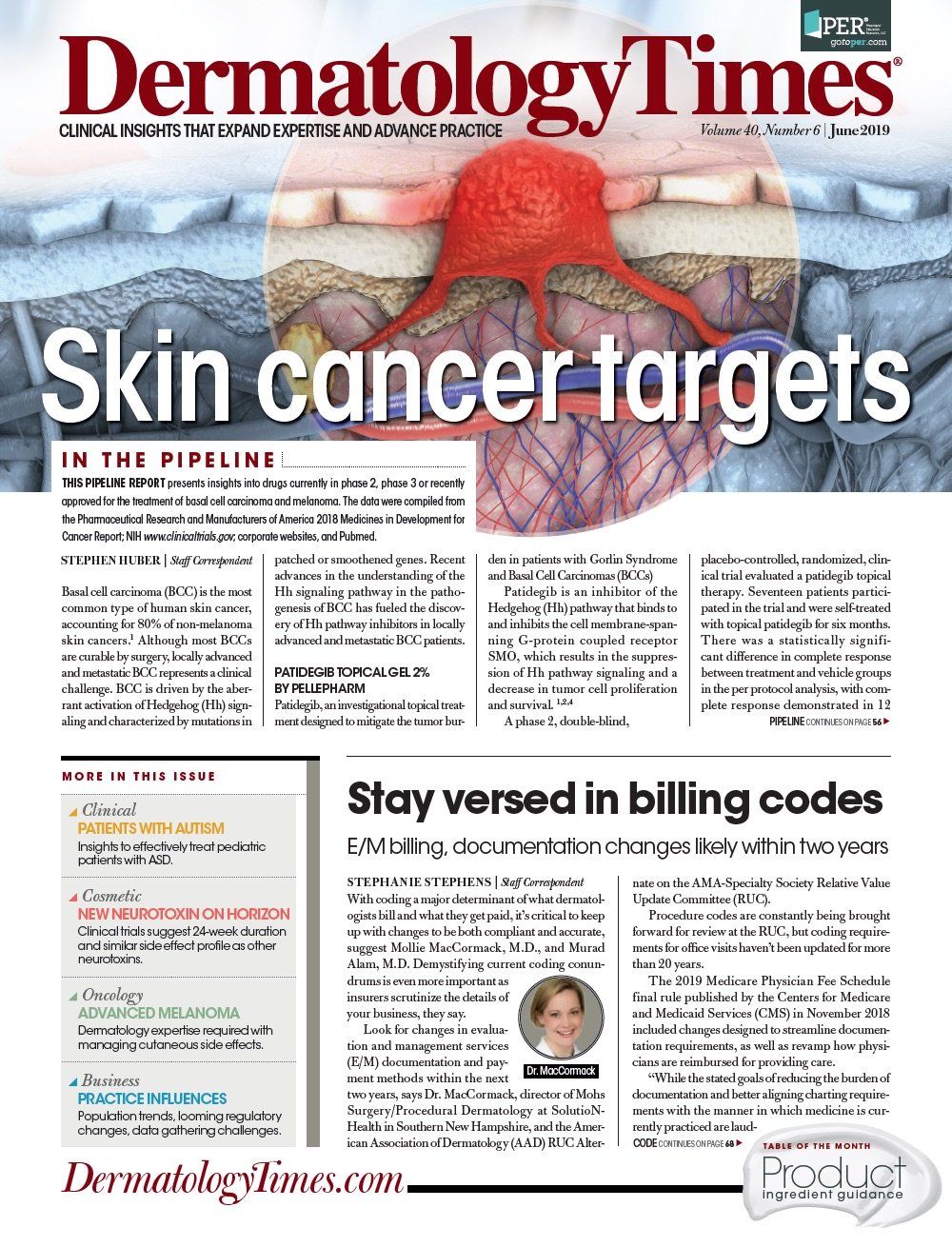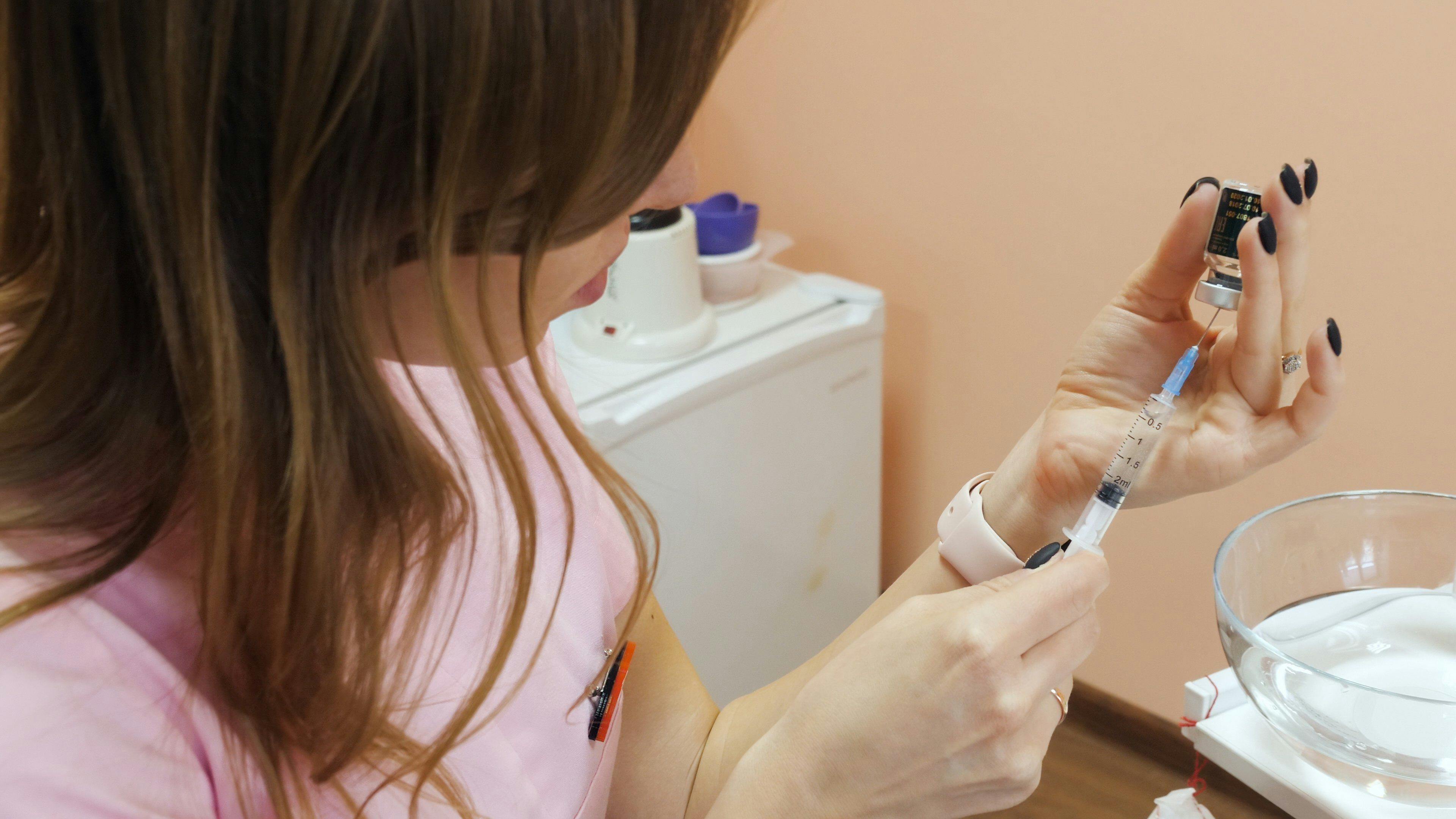- Acne
- Actinic Keratosis
- Aesthetics
- Alopecia
- Atopic Dermatitis
- Buy-and-Bill
- COVID-19
- Case-Based Roundtable
- Chronic Hand Eczema
- Chronic Spontaneous Urticaria
- Drug Watch
- Eczema
- General Dermatology
- Hidradenitis Suppurativa
- Melasma
- NP and PA
- Pediatric Dermatology
- Pigmentary Disorders
- Practice Management
- Precision Medicine and Biologics
- Prurigo Nodularis
- Psoriasis
- Psoriatic Arthritis
- Rare Disease
- Rosacea
- Skin Cancer
- Vitiligo
- Wound Care
Publication
Article
Dermatology Times
Consensus agreement outlines terminology to describe pigmentary disorders
Author(s):
New consensus conclusions are important, because managing acquired macular pigmentation is a new frontier in dermatology. The article defines terminology and notes the primary feature common to macular pigmentation conditions.
Different clinical and morphological types of patchy hyperpigmentation affect thousands of patients globally. However, to date, analyzing and comparing the conditions has been difficult.
Until recently, no consensus existed on the terminology used to describe the various morphologies of acquired macular pigmentation of uncertain etiology (MPUE), including ashy dermatosis (AD), lichen planus pigmentosus (LPP), erythema dyschromicum perstans (EDP), idiopathic eruptive macular pigmentation, and Riehl’s melanosis.
To provide a standardized way of discussing these conditions, a panel of 39 pigmentary disorder experts from 18 countries met during three international conferences - International Pigment Cell, World Congress of Dermatology, and the American Academy of Dermatology - to draft a consensus agreement. It was published recently in the Journal of Dermatology.
“A Global Consensus statement was needed as there was much confusion about terminology,” said Prasad Kumarasinghe, a consultant dermatologist with Fiona Stanley Hospital and University of Western Australia. “Previously, because different authors used different terms, even a systematic search could not give comparable meaningful data.”
The article provides clarity, he said, by not only highlighting the need for agreed-upon terminology, but by also noting the primary feature common to these macular pigmentation conditions is melanophages in the dermis. This factor creates hyperpigmentation.
Prior to consensus discussions, participating experts circulated several questionnaires worldwide to gather views from clinicians, study authors, and researchers. They deliberated via panel discussions, face-to-face conversations, small group meetings, and telephone calls.
Ultimately, the panel reached 29 conclusions around AD, EDP, and LPP. Importantly, the panel determined typical AD, EDP, and LPP morphologies fall on the spectrum of acquire MPUE. Here is a consensus summary:
AD: Large (>5cm) hyperpigmented macules are common in AD, particularly on the trunk. However, a pruritus history or papules and plaques associated with pigmented lesions can rule out AD.
LPP: Few LPP cases have past or current evidence of typical lichen planus. LPP lesions can affect sun- and non-sun exposed areas and appears largely on the head and neck region, including the temple, forehead, and ears. LPP can also affect flexures.
Riehl’s Melanosis: This term should only describe numerous fine (millimeter-sized) acquired MPUEs on the face, neck, and upper chest. If a cause is known, it should be called pigmented contact dermatitis.
AD/EDP/LPP/IEMP: There is no uniform effective therapy for these conditions, and they can be diagnosed without the presence of interface dermatitis. They occur in communities in different regions with different eating habits, so it’s unlikely they’re due to any particular oil applied to the skin or eaten. It’s unclear why the melanophages in the dermis causing ashy pigmentation in these conditions don’t clear as rapidly as in postinflammatory hyperpigmentation. But, if you know the cause of simple postinflammatory hyperpigmentation, don’t label it AD, EDP, or LPP. Nor should you use AD, EDP, or LPP to label diffuse acquired hyperpigmentation.
IEMP can be used to identify small macules (0.5-2cm) of acquired pigmentation, without or without raised velvety, pigmented lesions that occur mainly in adolescents and don’t follow a known disease episode.
Be aware, though, some medicines, food additives, and food colorings can produced pigmentations identical to AD and EDP.
These consensus conclusions are important, Kumarasinghe said, because managing acquired macular pigmentation is a new frontier in dermatology. The impact could be multi-faceted. It could bring greater attention to these types of acquired macular pigmentations, stimulate additional research in this area, and bring researchers, dermatologists, and industry personnel together to collaborate on finding effective treatment methods.
“As the dark-skinned populations are very concerned about disparities of their constitutive skin color, the clinicians and researchers need to focus on this area,” he said. “The psychosocial impact of the affected persons can be enormous.”
Disclosures:

Newsletter
Like what you’re reading? Subscribe to Dermatology Times for weekly updates on therapies, innovations, and real-world practice tips.
























